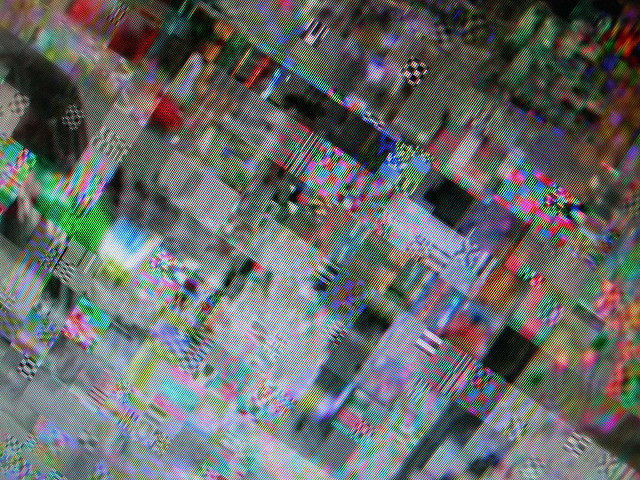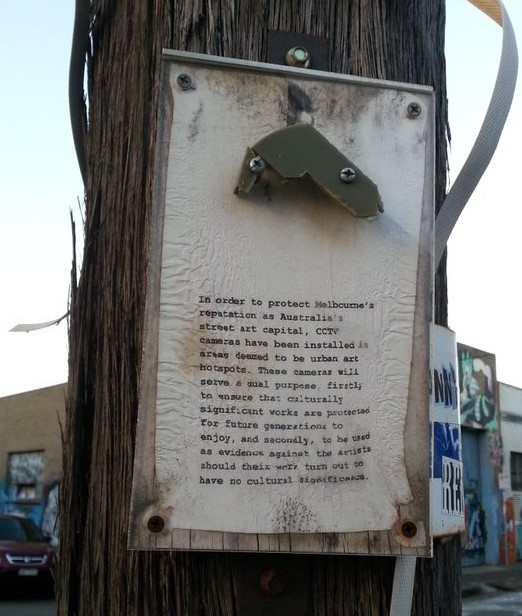I am inundated with information. It’s my default state now, and anything else feels odd. If I’m not actively intaking or creating media, I get restless because I’m under-stimulated. My senses are constantly processing multiple layers of pictures and text and sound. Most of my daily socializing happens through the internet — well, through glossy frontend interfaces that live on top of web infrastructure powered by the internet. Technically speaking, I understand none of this. Experientially, it’s natural.

Blatantly stolen from BuzzFeed.
Snapchat Fever
Back in February, a BuzzFeed employee named Ben Rosen wrote about how his teen sister uses Snapchat. I have to admit, it was a little bit frightening. I’ve seen my own little sister use this app too, and even though I’m in my early twenties, it makes me feel ancient. Media production is how I support myself, broadly speaking, so it’s terrifying not to have a handle on the latest ~hot~ platform. I talk melodramatically about stuffing my face full of photos and words, but I’m not on this level:
“I would watch in awe as she flipped through her snaps, opening and responding to each one in less than a second with a quick selfie face. She answered all 40 of her friends’ snaps in under a minute.”
Rosen included this quote from his sister: “I don’t really see what [my friends] send. I tap through so fast. It’s rapid fire.” Predictably, in the comments a bunch of adults chimed in with varying expressions of horror and fear. Someone named Jeanie Glaser said, “It never ceases to be amusing, how every single generation can be so certain that the one coming up after them will be the one that is going to bring about the death of humanity.” She has a point.
I don’t foresee doom and gloom, but I do foresee my own irrelevance. It’s not something I want to be aware of — the inevitable eclipse. I feel like my media intake is extreme, compared to how I grew up, and I’m someone who leaves her phone on the side table at night and reads a paper book in bed. I still have the patience for long magazine pieces. My intellectual and entertainment habits are very slow-moving compared to the dreaded teens.
What will it be like when virtual reality is integrated into our daily lives? Perhaps, ironically, it will strip away one of the layers of information that we perceive, since we’ll be immersed in constructed worlds. Or maybe VR will just add another set of interfaces for users to manage. Will Facebook build a Facebook app for the Oculus Rift? If they did, would it feel hopelessly antiquated?









